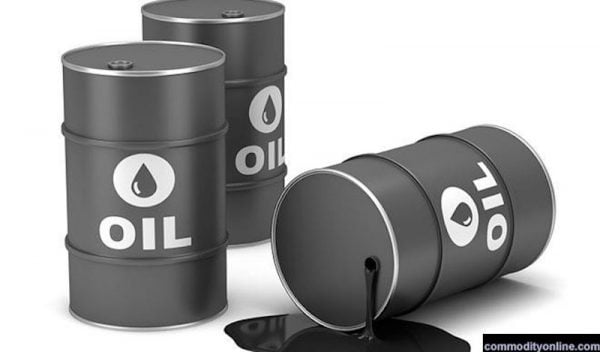Oil prices rose to their highest level since November 2018 yesterday, driven by OPEC supply cuts, US sanctions against Iran and Venezuela and fighting in Libya as well as strong US jobs data.
International benchmark Brent futures were at $70,66 per barrel at 1000 GMT yesterday, up 32 cents, or 0,5 percent from their last close. US West Texas Intermediate (WTI) crude futures were up 30 cents, or 0,5 percent, at $63,38 per barrel.
Brent and WTI both hit their highest since November at $70,83 and $63,53 a barrel, respectively, early yesterday. To prop up prices, the Organisation of the Petroleum Exporting Countries (OPEC) and non-affiliated allies like Russia, known as OPEC+, pledged to withhold around 1,2 million barrels per day (bpd) of supply from the start of this year.
“OPEC’s ongoing supply cuts and US sanctions on Iran and Venezuela have been the major driver of prices throughout this year,” said Hussein Sayed, chief market strategist at futures brokerage FXTM.
Strong US jobs data on Friday was also still supporting markets yesterday. Despite the host of price drivers, there are still factors that could bring oil prices down later this year. Russia is a reluctant participant in its agreement with OPEC to withhold output and it may increase production if the deal is not extended before it expires on July 1, Energy Minister Alexander Novak said on Friday.
Another key architect of the OPEC-Russia deal, Kirill Dmitriev, the head of Russia’s direct investment fund, said yesterday OPEC and allies should raise output from June. Dmitriev previously said it was too early to pull back from cuts. Russian oil output reached a national record high of 11,16 million bpd last year.
In the United States, crude production reached a global record of 12,2 million bpd in late March.
.png)




